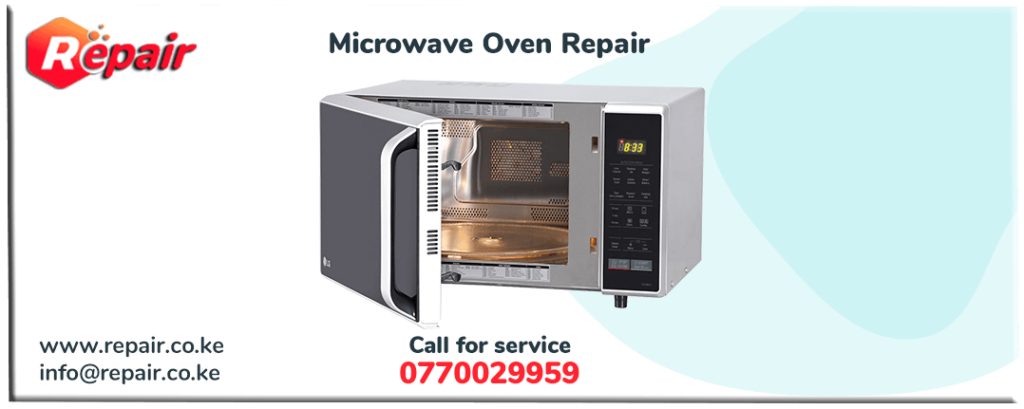Built-in microwave ovens are a fantastic choice for those prioritizing style, efficiency, and a clutter-free kitchen. They shine in custom remodels or new builds where the layout can be tailored to their needs. However, the upfront cost and installation demands might deter budget-conscious buyers or renters who need flexibility. Whether it’s zapping a quick meal or experimenting with convection roasting, these appliances blend form and function—just make sure your kitchen (and wallet) are ready for the commitment!
Built-in microwave ovens have become a staple in modern kitchens, offering convenience, efficiency, and a sleek design that integrates seamlessly into cabinetry or wall spaces. Unlike countertop models, these appliances are installed directly into kitchen architecture, providing a streamlined look while saving counter space. Let’s dive into how they work, their features, and the pros and cons of choosing a built-in microwave oven.
How Built-In Microwave Ovens Work
At their core, built-in microwaves operate on the same principle as all microwave ovens: electromagnetic waves, specifically microwaves, are used to heat food. These microwaves are generated by a component called a magnetron, which converts electrical energy into high-frequency radio waves (typically around 2.45 GHz). When these waves penetrate food, they interact with water, fat, and sugar molecules, causing them to vibrate rapidly. This vibration generates heat through friction, cooking or reheating the food from the inside out.
The oven’s interior is a metal box designed to reflect these microwaves, ensuring they bounce around and evenly distribute energy. A turntable or rotating stirrer often assists in preventing cold spots, while a control panel allows users to set cooking times, power levels, and specific functions. Built-in models are hardwired into the home’s electrical system or plugged into a dedicated outlet, depending on the design, and are vented to manage heat and steam.
Key Features
Built-in microwave ovens come packed with features that cater to both aesthetics and functionality:
- Integrated Design: They fit flush with cabinets or walls, available in stainless steel, black, or custom panel finishes to match kitchen décor.
- Advanced Cooking Modes: Beyond basic reheating, many include convection cooking (combining microwaves with hot air circulation), grilling, or steam functions for versatile meal prep.
- Sensor Cooking: Built-in sensors detect moisture or heat levels to automatically adjust cooking time and power, ensuring perfectly cooked food without guesswork.
- Trim Kits: These allow for a polished installation, filling gaps between the microwave and cabinetry for a cohesive look.
- Preset Programs: One-touch settings for popcorn, pizza, defrosting, or beverages simplify operation.
- Child Safety Locks: A common feature to prevent accidental use, especially in homes with young kids.
- Ventilation: Some models double as range hoods with built-in exhaust fans, ideal for over-the-range installations.
Higher-end models might also offer Wi-Fi connectivity for remote control via smartphone apps, voice command compatibility (e.g., with Alexa or Google Assistant), or even self-cleaning cycles.
Pros of Built-In Microwave Ovens
- Space-Saving: By embedding into cabinetry or walls, they free up counter space, making them ideal for smaller kitchens or minimalist designs.
- Aesthetic Appeal: Their seamless integration elevates the kitchen’s look, offering a high-end, custom feel.
- Versatility: Multi-function models (microwave + convection or grill) reduce the need for additional appliances.
- Improved Workflow: Positioned at eye level or within reach, they can enhance kitchen ergonomics compared to bending over for countertop units.
- Property Value: As a premium feature, they can boost a home’s resale appeal.
Cons of Built-In Microwave Ovens
- Higher Cost: Built-ins are pricier than countertop models, with prices ranging from $300 to over $2,000 depending on features and brand, plus installation fees.
- Installation Complexity: Professional installation is often required, involving electrical work and carpentry, which adds to the expense and time.
- Limited Mobility: Once installed, they’re fixed in place—unlike portable countertop units, you can’t easily relocate them.
- Repair Challenges: If they break down, repairs can be trickier and costlier due to their integrated nature, sometimes requiring cabinet disassembly.
- Size Constraints: They’re typically smaller than standalone microwaves, with capacities often ranging from 0.8 to 2 cubic feet, which might not suit large households or bulk cooking.

